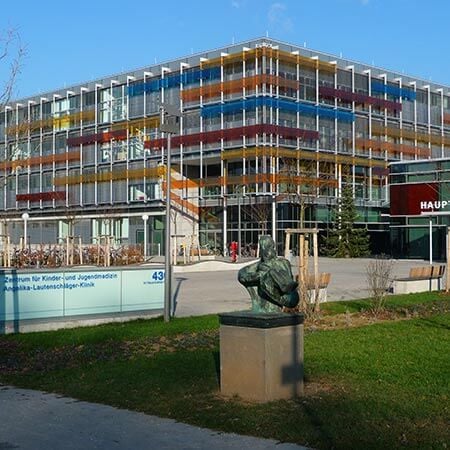About the disease
SARS stands for severe acute respiratory syndrome. This is an infection and a form of pneumonia, which first appeared in China and was recorded in 2002. From there it spread worldwide. The spread of the disease was contained in 2004 and its incidence became much rarer. According to the World Health Organization, in 2003 there were 8000 people hit by this virus.
SARS spread through the droplets, which appear in the air after a person with such virus coughs or sneezes, that`s why it is so contagious. SARS can also spread through the solid objects, such as doorknobs.
SARS needs to be treated immediately after diagnosis. It has such complications as respiratory failure, heart, and liver problems and can even result in death.
Symptoms
- Fever up to 38-39 Degrees Celsius
- Muscle ache
- Weakness
- Dry cough
- Diarrhea
- Shortness of breath
Symptoms of SARS generally resemble those of the flu, but it is very important to differentiate these two diseases, because SARS is much more dangerous. It is believed that this virus was passed to people from animals as a result of animal virus evolving into a new strain.
Diagnosis
- Blood test is used to determine changes in the blood count predominant for pneumonia.
- X-Ray of the chest reveals disruptions in lungs anatomy.
- CT scan can also reveal if there were changes in the lungs due to this infection.
Treatment
There is no available treatment for SARS in the modern medicine. Usually doctors are able only to alleviate the symptoms and help the patient recover faster.
- Supplemental oxygen mask is recommended if a person has problem breathing and needs additional amount of oxygen in the blood.
- Antiviral drugs and steroids can reduce swelling in the lungs and speed up recovery.
- Transfusion of blood plasma from a person who already recovered from SARS is recommended if there is big threat to patient's health.
Overall, there were no cases of SARS known nowadays and the possibility of new outbreak of this infection is very low.
Authors:
This article was edited by medical experts, board-certified doctors Dr. Nadezhda Ivanisova, and Dr. Bohdan Mykhalniuk. For the treatment of the conditions referred to in the article, you must consult a doctor; the information in the article is not intended for self-medication!
Our editorial policy, which details our commitment to accuracy and transparency, is available here. Click this link to review our policies.



















